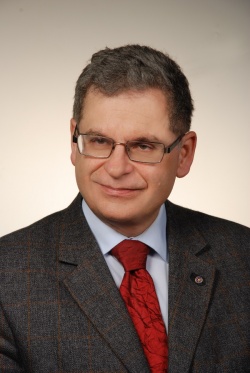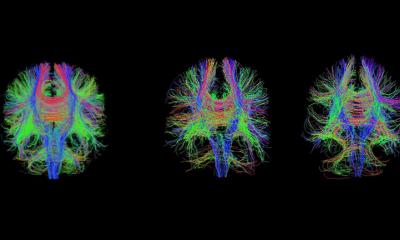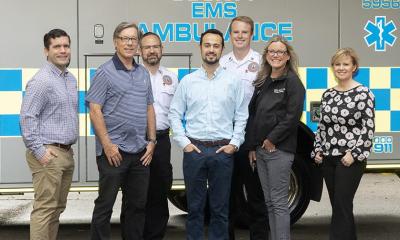Emergency radiology
The ESR meets Poland ECR session
‘We are very proud that our country and our society has been selected to be presented during the special ESR meets Poland session,’ said Professor Marek J Sasiadek, Vice-President
of the Polish Medical Radiological Society. ‘The history of Polish radiology began in 1896, just a few months after Wilhelm Roentgen’s discovery, when the first X-ray image was performed in Krakow.

‘Established in 1925, the Polish Medical Radiological Society (PMRS) now has 15 subspecialty sections, each
organising annual meetings and courses. The Congresses of Polish Radiologists, covering all fields of radiology, are held every third year (the next in Szczecin from 27-29 May 2010).
Every year, the PMRS organises many postgraduate courses e.g. the ‘Polish School of Radiology’, School of MRI,
School of Multidetector CT, as well as subspecialty and regional courses. We also organise European congresses
and courses, such as the European Society of Neuroradiology Congress (2008), European School of Radiology
(ESOR) or Erasmus MRI Courses (2003, 2009). The growing role of the Polish radiology is reflected by fact that the
President of ECR 2010 is Prof. Malgorzata Szczerbo- Trojanowska, from Lublin, Poland.’ Polish radiologists, especially those from academic centres, are active professionally and scientifically in all areas of modern radiology, so the choice of topic for the session was not easy, he pointed out. Finally, emergency radiology took centre stage, because it is one of the most important problems everywhere, he explained. It is also a large subject, so it was decided to focus on four specific topics.
The impressive line up of session moderators are ESR President Prof. Christian Herold, and Prof. Szczerbo-Trojanowska and Prof. Sasiadek, and the lecturers are considered ‘rising stars’ in Polish radiology. They include Dr Katarzyna Sklinda (Warsaw), who will discuss the diagnostic algorithm in acute stroke patients; Dr Katarzyna Gruszczynska (Katowice), focusing on cardiac emergency imaging; Dr Krzysztof Milczarek (Warsaw), who will describe imaging and intervention in a descending aorta dissection, and Dr Grzegorz Staskiewicz (Lublin), speaking on CT imaging of acute pulmonary embolism, a common problem in emergencies.
05.03.2010











